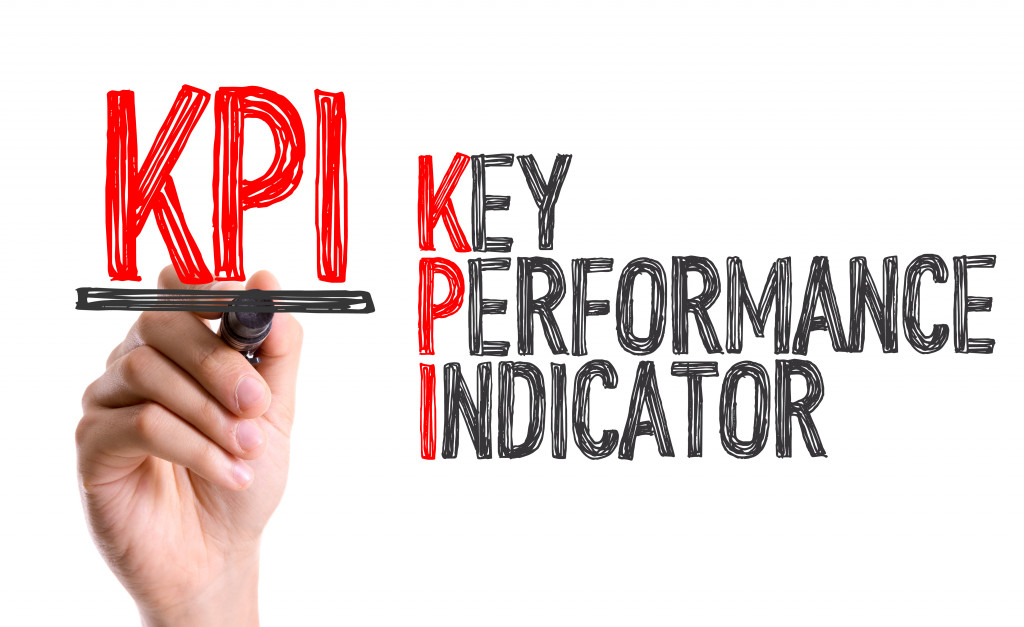- Streamline revenue cycle management by automating and integrating billing systems, training staff, utilizing data analytics, and regularly reviewing processes.
- Optimize cost control measures to reduce expenses and wasteful practices.
- Enhance operational efficiency by streamlining workflows and investing in technology solutions.
- Implement data-driven decision-making for informed financial decisions.
- Utilize physician billing services to reduce errors and accelerate cash flow.
Managing the financial performance of a healthcare organization is crucial for its long-term success. Effective financial management ensures that resources are utilized efficiently, costs are controlled, and revenues are maximized. This guide will provide you with five valuable tips to help improve the financial performance of your healthcare organization. These tips can enhance your organization’s financial stability, profitability, and overall success.
1. Streamline Revenue Cycle Management
Efficient revenue cycle management is essential for maximizing revenue and reducing financial risks. This is because it helps streamline the process of receiving, reconciling, and collecting payments from patients or other third-party payers.
Here are tips to streamline revenue cycle management:
Automate and Integrate
Leverage technology to automate billing and coding processes and integrate your EHR with billing systems. This will streamline the process of submitting claims, thus reducing errors and increasing accuracy.
Train Your Staff
Provide thorough training to staff members regarding coding and billing procedures. Competent employees are essential for successful revenue cycle management, especially in complex tasks such as appeals processes or post-payment reviews.
Utilize Data Analytics

Analyze data from payer contracts, patient accounts receivables, denials, etc., to identify areas where improvements can be made in your revenue cycle management system. Data insights can help you identify trends and opportunities for improvement.
Review Your Processes
Regularly review your processes to ensure accuracy and efficiency. Make sure policies are up-to-date and in line with industry standards, as well as government regulations. Also, look for ways to reduce costs while maintaining service quality. A regular review system will help you stay compliant while improving operational performance.
2. Optimize Cost Control Measures
Controlling costs is a critical aspect of improving financial performance. Regularly assess your organization’s expenses and identify areas where cost-saving measures can be implemented. This may involve negotiating better contracts with suppliers, optimizing inventory management, and reducing wasteful practices. Implementing cost-effective strategies like telehealth services and digital record-keeping can also reduce costs.
It is also essential to regularly review your financial statements and budgeting practices. Analyze data to identify discrepancies, inefficiencies, and areas where you can improve cost-saving measures. Utilizing technology, such as artificial intelligence (AI) tools, can help automate processes and reduce the need for manual labor, which can save you money in the long run.
3. Enhance Operational Efficiency
Improving operational efficiency can have a significant impact on financial performance. Streamline workflows and eliminate bottlenecks to enhance productivity and reduce inefficiencies. Invest in technology solutions that automate administrative tasks and improve communication between healthcare providers and staff. This can help reduce administrative costs, enhance patient care, and increase efficiency.
Deploying the right technology solutions can also help reduce healthcare costs and improve operational efficiency. For example, data analytics can help identify areas of improvement and pinpoint where resources should be allocated to optimize performance. Predictive analytics can enable organizations to anticipate and address potential issues quickly, helping them stay ahead of market trends. Additionally, cloud-based platforms can provide healthcare organizations with secure, reliable access to information from any location.
4. Implement Data-Driven Decision Making

Utilize data analytics to make informed financial decisions. Implement robust financial reporting systems that provide real-time insights into key performance indicators (KPIs). Analyze revenue and expense trends, identify areas for improvement, and develop strategies based on data-driven insights. This can help you allocate resources effectively, identify opportunities for revenue growth, and make informed decisions to enhance financial performance.
5. Utilize Physician’s Billing Services
Outsourcing billing services to specialized providers can be a game-changer for healthcare organizations. Utilizing reliable physician’s billing services will help you navigate complex billing regulations, coding requirements, and insurance claims. They can handle the entire billing process, from claims submission and follow-up to revenue reconciliation. Outsourcing this critical function can reduce billing errors, accelerate cash flow, and free up valuable staff time to focus on patient care.
Final Words
Improving the financial performance of your healthcare organization requires a strategic and proactive approach. You can significantly improve financial performance by streamlining revenue cycle management, optimizing cost control measures, enhancing operational efficiency, implementing data-driven decision-making, and utilizing physician billing services. These strategies will enhance profitability and contribute to your healthcare organization’s success and sustainability. Effective financial management is crucial for providing quality care, maintaining financial stability, and achieving long-term success in the ever-evolving healthcare landscape.




